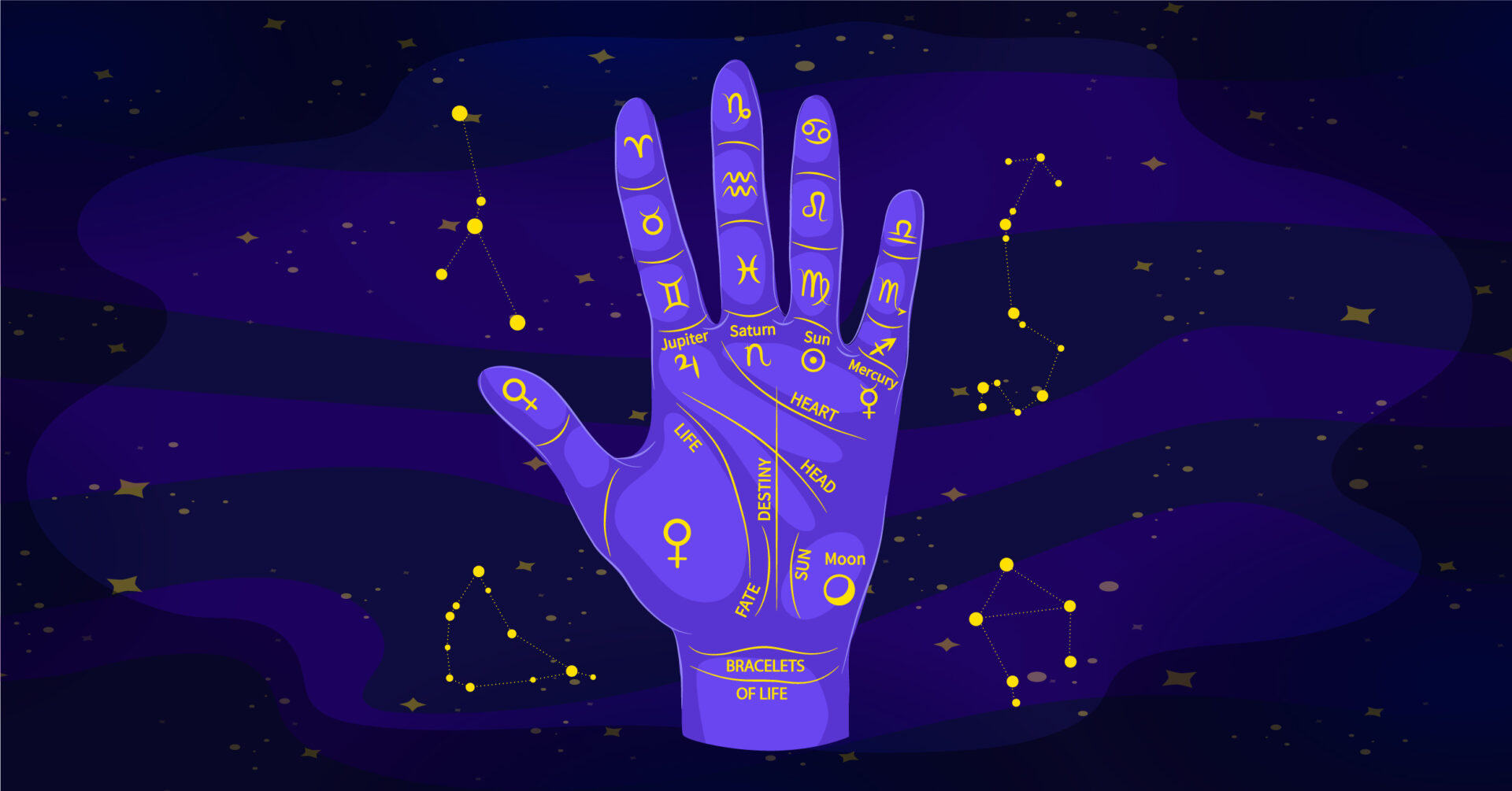When Amit looked at a document on his table, he smirked. It was about how the work-life balance needs to be followed strictly for the well-being of the company’s employees.
Let’s look into the importance of work-life balance.
An employee or a father
Amit, 33, has come from a long day at work, where he had to supervise two meetings, go through the proposal made by his subordinate, and work more than 9 hours.
After coming home, he was not in a very sound state to help his daughter with her school project. Years go by, and he realizes that his daughter no longer requires his help in the projects as she has learned to do without him.
He also notices that over the years, they have grown apart and the father-daughter doesn’t have much to talk about at the dinner table.
A girl in the city
Saniya has recently moved to Delhi from Mumbai for her new job. She is very excited to begin her new independent life in this new city. She always wanted to live an independent life, where she worked, paid her bills, had fun with friends, and went on trips to explore new places.
Her zest to explore and live a full life influenced her decision to take up an opportunity in the new town. Now that she is working, she seldom gets time for herself. She is so exhausted that taking rest on the day off is all she has for social life.
In both cases, can we say that there is a failure to meet the demands placed by one aspect of life?
Let’s understand these scenarios with the help of Work-Life Balance Theories.
Amit has responsibilities at work which gives him less time to spend with his daughter and Saniya is engrossed in her work setting that she is too exhausted to give time to herself. This scenario seems to choose one aspect of life over the others.
These tales emphasize the Conflict theory, propounded by Greenhaus and Beutell, which posits that fulfillment and achievement in one aspect of life result in sacrifice in the other element.
Of course, this theory is based on the assumption that work and life (here, it can be family life, social and interpersonal life, or intrapersonal) falls on the opposite side of the line and are fundamentally incompatible.
They suggest that the requirements of each domain are different and so lead to conflict. Greenhaus & Beutell (1985) define work-life conflict as “a form of inter-role conflict in which the pressures of the role from work and family domains are mutually unharmonious in some respect”.
According to this theory, the contrasting nature of work and life in terms of the requirement of effort, time, and responsibilities requires individuals to pay varied attention to these areas of life.
As discussed, conflict can be times-based, stress-based, and behavior based. The time-based conflict results from limited time allocation to each area of life, making it difficult to manage the demands of different roles.
Drawing from our first example, Amit could not give time to his daughter because he was busy with his role at the organization. This conflict results from long and irregular working hours, rigid time schedules, etc.
The stress-based conflict occurs when there is a transference of stress from one setting to another. The psychological demand of work and the fatigue due to relentless work without any breaks can cause strain in other areas of life.
For instance, Saniya was so drained from meeting the deadlines that she seldom remembered to focus on herself, her health, and her other psychological needs.
The behavior-based conflict origins when the behavior in one role, which is effective and needed, is inappropriately applied to the other role can reduce one’s effectiveness in that role.
Let’s simplify this with an interesting example.
A higher ranking officer in the army is required to be firm, aggressive, and make decisions single-handedly. Although this exact commanding nature when replicated in their respective family, leads to conflict.
If you observe this imbalance in work, the live setting caused by conflict often arises when the behaviors, experiences, and stress are spilled over from one setting to another.
There is a good deal of literature that talks about the positive as well as negative spillover.
Originally proposed by Wilensky, spillover is based on the notion that there is an extension of a person’s emotions, attitudes and behavior, and skills from one domain to another as it can be seen that it is bidirectional, characterized by positive and negative spillover.
Positive spillover appears in the nature that the positive experiences in one domain may result in fulfilment and attainment in another domain.
If you notice that sometimes when something nice and wonderful has happened in our personal life, we are even more excited to go to work, and our productivity seems to skyrocket owing to these enriching experiences. This is a classic example of work-life balance, where one positive experience helps the other aspect.
On the other hand, if you experience strenuous or mishaps in the familial domain, then it hinders your focus at work and impedes your work productivity significantly. This phenomenon is called negative spillover.
This association of negative spillover and psychological well-being can often result in burnout and mental illnesses like depression, anxiety, etc., and further, affect the work-life balance.
As a working adult, I can attest to experiencing spillover from one domain of my life to another and that can affect our psychological well-being.
Have you also experienced this imbalance?
Have you tried to overcome this work-life imbalance with a longing for a weekend?
And then there are Sunday scares followed by Monday blues?
Now that you know the importance of work-life balance, here are some of the ways to create a proper work-life balance –
Let’s read that again; we have to CREATE the balance, as it is not available or found anywhere in particular. And the beauty of creating this balance is that it can be customized according to your needs and priorities.
Doesn’t it make it more interesting as we can curate our own balance and that’s how it should be? When you have the liberty to create equilibrium, you have to look out for these few things –
1. Comparison
It is human nature to compare and make judgments, especially about ourselves. Comparison is like a report card based on which we evaluate and make decisions about ourselves.
When we are trying to create work-life balance, we need to compare. No, not with others, but with ourselves. The priorities in our life keep on changing and according to this, our choices should also change.
For a 25-year-old, living in a new town all by herself, her priority will be paying bills, so she will have to work for that.
On the other hand, a 33-year-old husband and father will also have a priority of making sure that their child gets a quality education and also spends quality time with her.
Choosing and comparing based on which stage in life you are and the demands of that stage is a key to creating a balance between both areas. This compartmentalization can be done by creating boundaries.
2. Boundaries
Boundary theory posits that psychological, physical, and/or behavioral boundaries exist between the work and non-work aspects of an individual’s life, which outlines domains as being different and distinct from each other.
Based on this premise, if the domains are interconnected yet discrete, so should our roles be according to that? We talked about spillover theory and it can be concluded that the boundaries can be permeable.
If the boundaries are permeable, we should have a blended approach towards maintaining the balance. Flexible schedules, leaves, job sharing, and autonomy are some areas in which the organization can contribute.
But at the same time, as an individual creating that boundary and maintaining it is a personal responsibility. And often, this is where the imbalance originates. Failure to maintain a boundary for ourselves can arise from not respecting one’s needs.
We have to remember that our accountability comes from us and within us. We owe ourselves this much.
3. Work for yourself before you work for someone else
Boundaries can be effective when we understand our responsibilities and respect our needs. And the biggest responsibility we have is towards ourselves.
For any employee or working adult, the day begins with thinking about the tasks for the day, attending the daily agenda meetings and the day ends with working on deadlines and finishing off projects.
In this routine, where are our needs getting sufficed?
Can we love our work and still not find it enough?
It is because we are ignoring the responsibility toward ourselves
So let’s start doing something solely for ourselves before we start doing/working for others. The work you do for yourself can be anything that you value, or find joy in.
It can be going to the gym, getting minimal movement, or simply having coffee gazing out your balcony, watering your plants, reading a few pages of your current book, etc.
Your day should begin the way you want and should be for yourself. We are accountable to ourselves, so our priority should be us. We owe ourselves a space in our day-to-day life. A space that is just ours.
4. Redefining Hustle
In a world where accolades are valued more, hustling has become the new normal. We hustle to keep up with the change, beat our competition, and make up for ‘lost time and the list of reasons is endless.
And yes, to achieve the life we dream of or the goal we want to reach, hustle is imperative. But let’s redefine hustle by measuring the results we want, not the time invested.
The idea that the more I work, the more I will achieve is outdated. Put on the new lens of measuring your productivity by the results, not the time invested. This will help you understand that working 8 hours for the same thing that could be finished in 6 hours is still the work done.
Work-life balance is the shield that keeps us from getting drawn into the whirlwind of psychological and physical issues. And so, we must keep up our guard and protect our world.
Read More:
What is Prenatal Care and Why is it Important?
50 Good Habits to Spur Mental Wellbeing
People Pleaser: How to Stop Being a People Pleaser?





